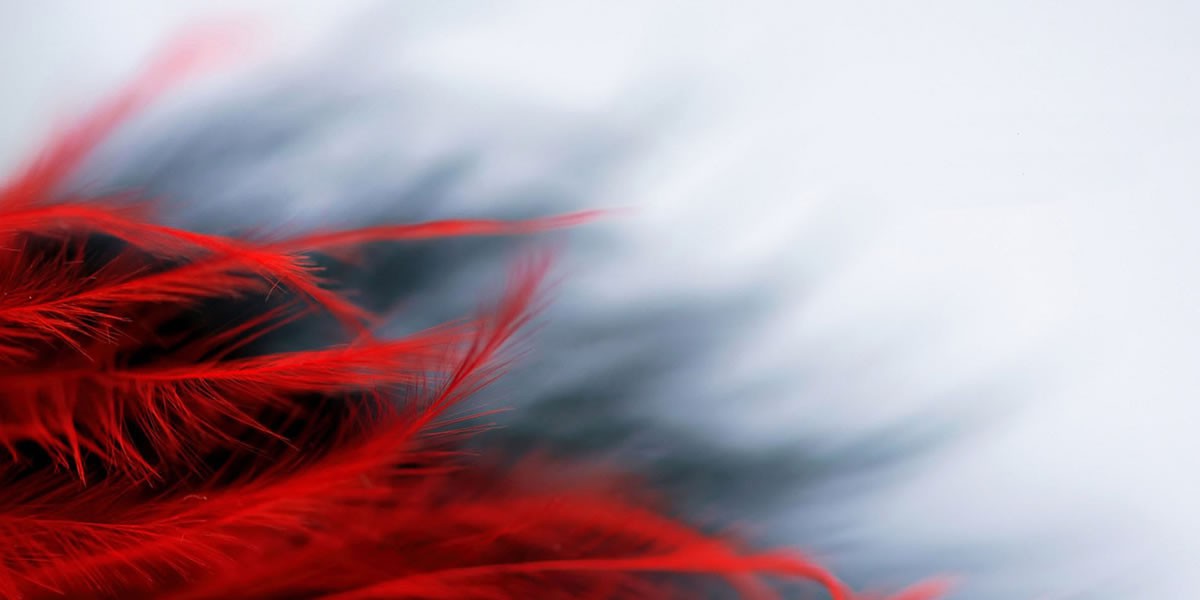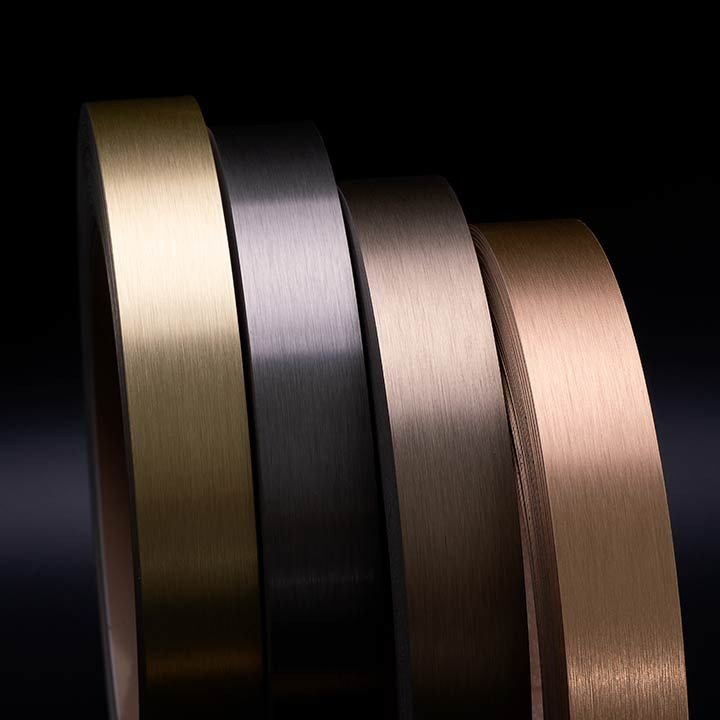BLOG
Designer's Corner: Biomimetics

Do you come to examine an adventure that has been extending from the beginning of life to the present?
The topic of this issue is 'biomimetics'. Biomimetics is a design emulation method which is to get inspired by nature in many fields such as design, engineering, and architecture.
Biomimetics plays the leading role in this adventure. So what is biomimetics?
Biomimetics is a design emulation method that takes nature in many fields such as design, engineering, and architecture.
This emulation can be evaluated as an understanding that transfers the functioning of nature and the responses of biodiversity to our lives by examining its evolution and biological characteristics according to the habitat.
Nowadays and in our life, the designs that we are intertwined with every day, the architect areas, the machines we use and all the furniture in our home are also encountered.
Biomimetics comes from the Greek "bios" (life) and "mimesis" (imitation). Apart from imitation and emulation, biomimetics also addresses sustainable design elements. It is a view that supports nature and natural life.
This understanding appears in a wide range of products such as fabric, paper and coating, without being dependent on forms and surfaces. Reflection and textures are constantly in our lives.
Sometimes small details are seen as large surfaces, but inevitably in our areas of use.
The planet we live on and the interaction between all elements are progressing in harmony. As the brain and perception, the human seeks a part of nature and belonging to nature. This feeling and desire is a major factor in the formation of the main texture and elements of the products in our lives. By offering solutions to this need, biomimetics continues to guide the product groups that should actually be.
Furniture, which is one of the units most affected by this situation, integrates nature breezes and colors into our lives.
Article written by Ertugrul AYDIN who is designing responsible at TECE.





